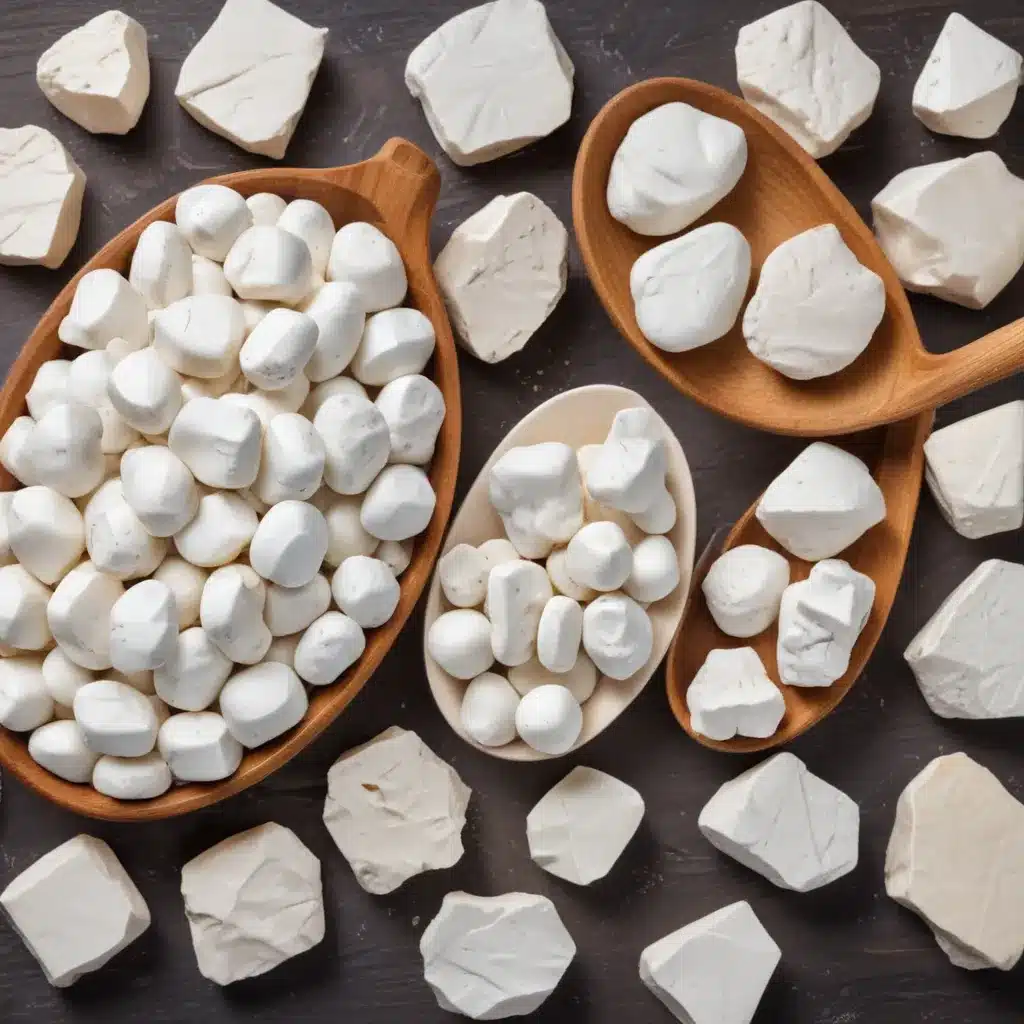
Battling the Bane of Bladder Stones
You know what they say – when life gives you stones, make…well, not lemonade. Let’s just say it’s not the most pleasant experience. As a proud dog parent, I’ve had my fair share of dealing with these pesky calcium oxalate stones, and let me tell you, it’s no walk in the park. But fear not, my canine-loving friends, for I’m here to share my hard-earned wisdom on how to prevent these little buggers from taking over your pup’s life (and your wallet).
Understanding the Oxalate Enigma
First things first, let’s dive into the nitty-gritty of these calcium oxalate stones. These little crystalline structures form when there’s an imbalance in your dog’s urine – too much calcium, oxalate, or other minerals, paired with too little liquid. And guess what? Oxalate is the main culprit behind these stubborn stones.
Oxalate, you ask? Well, it’s a naturally occurring substance found in many of the foods we (and our pups) love. It’s kind of like the troublemaker of the mineral world – when there’s too much of it floating around in your dog’s system, it can start to stick to the calcium, forming those pesky stones. And let me tell you, once those stones start forming, it’s like a snowball effect, with more and more building up until your pup is in serious discomfort.
Identifying the High-Risk Hounds
Now, before you start banning all things oxalate from your dog’s diet, let’s talk about who’s most at risk for these stones. Certain pups are more prone to developing them, including those with:
- Inflammatory Bowel Disease (IBD): When your dog’s body can’t properly absorb fats, the oxalate levels in their system can skyrocket.
- Gastric Bypass Surgery: After this procedure, your dog’s body may have trouble absorbing calcium, leading to more oxalate buildup.
- Underlying Medical Conditions: Conditions like hyperparathyroidism or renal tubular acidosis can also increase the risk of calcium oxalate stone formation.
So, if your furry friend falls into one of these high-risk categories, it’s even more important to keep an eye on their diet and hydration levels. But don’t worry, with the right strategies, we can keep those stones at bay.
Dietary Dos and Don’ts
Alright, let’s get to the good stuff – the diet tips that can help prevent those dreaded calcium oxalate stones. The key is finding the right balance, because completely eliminating oxalate or calcium from your dog’s diet is not the answer.
The experts at the National Kidney Foundation recommend eating and drinking calcium and oxalate-rich foods together during a meal. This helps the oxalate and calcium “bind” to each other in the stomach and intestines, making it less likely for those stones to form in the urine.
So, what does this mean in practice? Well, you’ll want to limit your dog’s intake of high-oxalate foods like spinach, rhubarb, and nuts, but make sure they’re still getting enough calcium from dairy products, leafy greens, and even some supplements if needed.
And don’t forget about the importance of hydration! Increasing your dog’s fluid intake to at least 2.5-3 liters per day can help flush out those pesky minerals and prevent stone formation. Studies have shown that the more your pup pees, the less likely those stones are to stick around.
Supplements and Medications
Now, I know what you’re thinking – “But what if my dog’s still struggling with those stones?” Well, fear not, there are some other options to consider.
Certain supplements, like potassium citrate, can actually help inhibit the formation and growth of those calcium crystals. And for some pups, a little help from a thiazide diuretic (under the watchful eye of your vet, of course) can do the trick by reducing calcium levels in the urine.
Oh, and did you know that allopurinol, a medication more commonly used to treat gout, has also been shown to be effective in reducing calcium stone formation? The National Institute of Diabetes and Digestive and Kidney Diseases has the scoop on this little gem.
Putting it All Together
Alright, let’s recap the key takeaways to help keep those calcium oxalate stones at bay:
- Know your pup’s risk factors and keep a close eye on their diet and hydration levels.
- Focus on finding the right balance of calcium and oxalate-rich foods, and make sure they’re eating and drinking them together.
- Increase your dog’s fluid intake to at least 2.5-3 liters per day to help flush out those pesky minerals.
- Consider supplements and medications, but always check with your vet first.
Remember, prevention is the name of the game when it comes to these troublesome stones. And with the right strategies in place, you and your four-legged friend can live stone-free and happy. Now, who’s up for a celebratory walk around the dog park?

